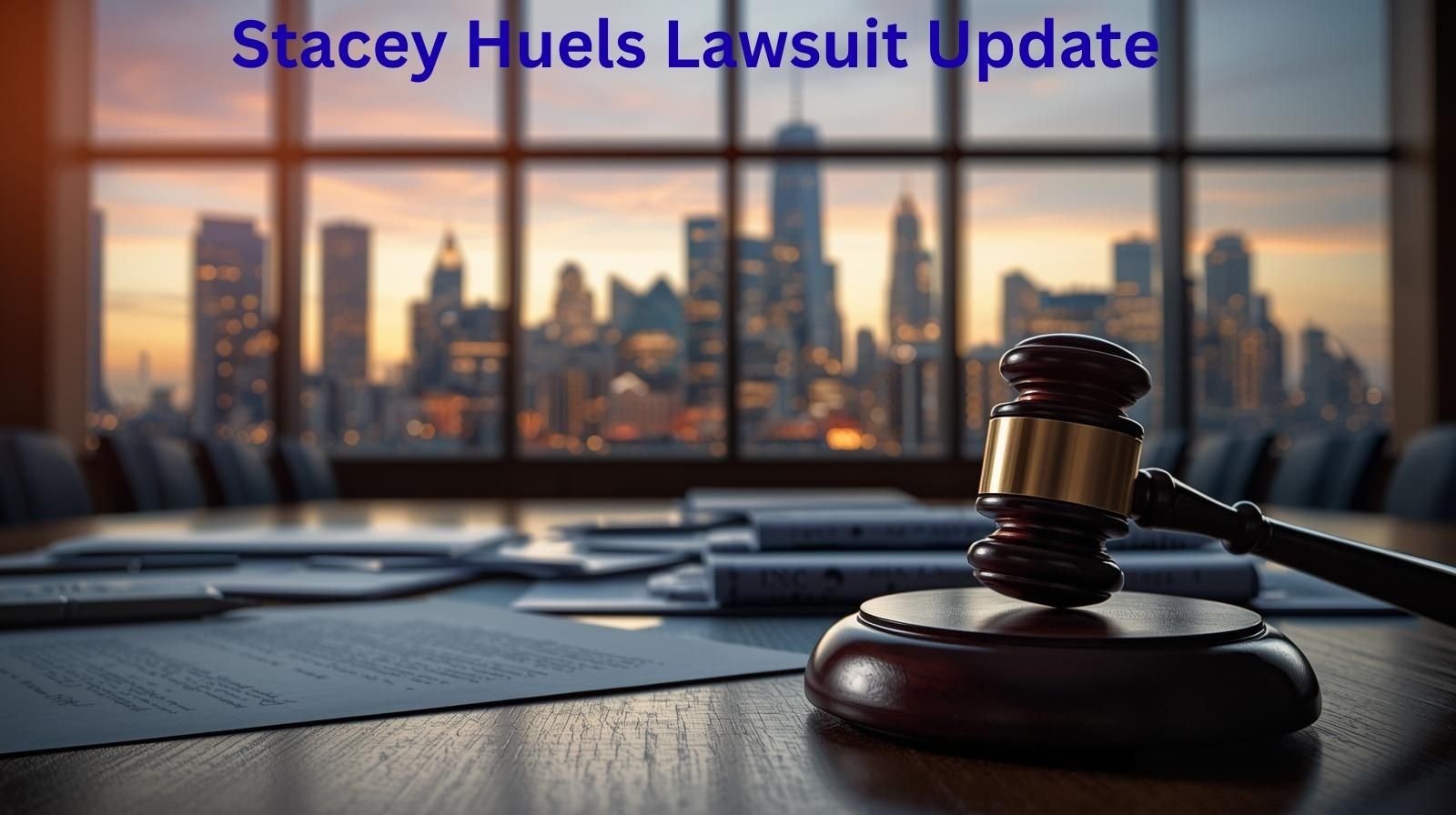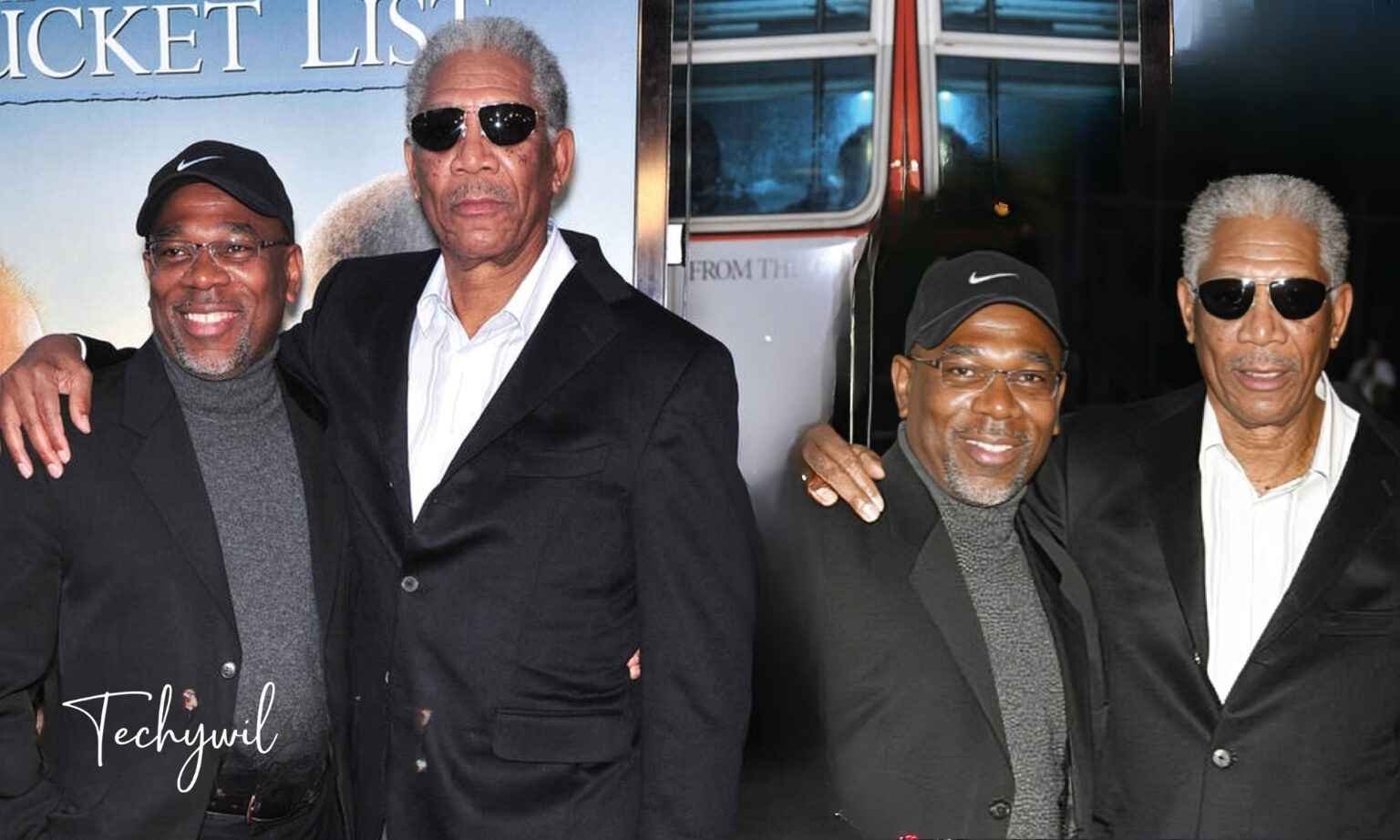Introduction
Alright, folks — if you’ve been hearing whispers about the Stacey Huels lawsuit, you’re definitely not alone. It’s one of those stories that starts behind boardroom doors but somehow ends up in public headlines, leaving everyone wondering what really happened. And let’s be honest — lawsuits tied to big names or institutions always raise eyebrows. They make us curious, even if we pretend not to care.
This story isn’t your typical courtroom drama about personal scandals or celebrity feuds. No, it’s something far more intricate — a case about accountability, leadership, and what happens when corporate decisions take an unexpected turn. So grab a coffee, because we’re going to unpack what’s really going on, who’s involved, and why this particular case has people paying attention.
The Story Behind the Case
Let’s rewind to where it all began. The lawsuit that’s become known as the “Stacey Huels case” didn’t start as a personal dispute or criminal accusation. It began in the world of finance — specifically involving Safeco Insurance Company and Wheaton Bank & Trust.
According to public court documents, the lawsuit stems from allegations that the bank failed to uphold certain warranties and representations related to loan underwriting and bond-backed public construction projects. Stacey Huels, who served as an executive at the bank, played a role in the negotiations and communications that came under scrutiny.
So, while Huels isn’t necessarily being accused of personal misconduct, their name appears in connection with decisions and actions made at the corporate level. It’s a reminder that when you’re in leadership, your signature or your word can carry a lot of weight — and sometimes, a lot of liability.
Why This Lawsuit Matters
Leadership Under the Spotlight
Whenever a top executive is mentioned in a legal dispute, it’s bound to attract attention. Beyond the headlines, though, cases like this spark important questions: Was leadership doing enough to oversee risk? Were internal checks and balances actually working?
In today’s business landscape, where transparency and governance are more than just buzzwords, this kind of case sends a message. It tells us that one decision at the top can ripple through an entire organization, impacting employees, clients, investors — even the public’s trust.
Lessons for Everyone
This case isn’t just relevant for people in suits sitting around conference tables. It’s a real-world lesson for anyone managing responsibilities — whether that’s running a small business, leading a nonprofit, or even just balancing personal projects.
Think of it like this: good documentation, clear communication, and honest reporting aren’t just “nice-to-have” habits. They’re the backbone of trust and accountability. And when those things break down, it’s not just contracts that suffer — relationships do too.
The Key Players and Timeline
Who’s Involved
- Stacey Huels – An executive at Wheaton Bank & Trust, involved in the financial dealings being questioned.
- Safeco Insurance Company – The plaintiff, claiming the bank made misrepresentations about the transactions.
- Wheaton Bank & Trust Co. – The defendant institution whose lending practices and oversight became the focus of the dispute.
Timeline at a Glance
| Year/Stage | Event Description | What It Meant |
|---|---|---|
| Initial Dealings | Loan and bond agreements established for construction projects. | Set the stage for later disagreements. |
| Lawsuit Filed | Safeco formally files its complaint against the bank. | The start of the legal process. |
| Testimonies Begin | Executives, including Huels, provide statements and depositions. | Personal involvement comes under examination. |
| Current Status | No final public ruling or settlement details released yet. | Ongoing interest and speculation in business circles. |
This timeline helps simplify what’s been a complex and evolving situation — and reminds us that lawsuits like these often take years to fully resolve.
The Heart of the Dispute
At its core, the case focuses on alleged misrepresentations in financial documentation tied to bond-backed construction projects. Safeco’s claim is that the bank — and by extension, its leadership — didn’t fully live up to its contractual obligations.
In plain English: someone felt they weren’t given the full story about the numbers.
For those who’ve worked in finance or business, you know how easy it is for small oversights to balloon into major problems later. Whether it’s an unchecked assumption or an over-optimistic report, the fallout can be serious.
That’s what makes this case so relatable. It’s not just about one company — it’s about how organizations handle pressure, risk, and integrity when big money’s involved.
Also read: Beyond the Username: Investigating CandideInOhio’s Digital Footprint
What’s Really at Stake
For the Bank and Executives
Financially, the implications are obvious — potential settlements, fines, or court-ordered payments. But the real cost may be reputational. Even if Huels or the bank aren’t found guilty of wrongdoing, simply being tied to litigation can erode trust. It can affect future partnerships, investor confidence, and even employee morale.
For Stakeholders
If you’re an investor, client, or employee, uncertainty can be unsettling. You might start wondering: “Is my job safe? Should I keep my money here? What does this mean for the future?” That kind of unease can linger long after the legal dust settles.
The Takeaway
Whether you’re in finance, management, or just trying to stay out of trouble at work, there’s a simple lesson here: be diligent. Check your facts, keep records, and never assume “someone else took care of it.” That’s how even seasoned executives find themselves in the middle of a legal storm.
Where Things Stand Now
At this point, the lawsuit is still something of a moving target. Publicly available information doesn’t show a clear final judgment or settlement. What’s known is that the case has been through stages of testimony and court filings, and like many corporate disputes, parts of it may have been handled privately.
That uncertainty means all eyes remain on what happens next. Will the bank settle? Will there be regulatory follow-up? Will executives, including Huels, make public statements to clarify their side? Until then, we’re all left watching the story unfold — one document at a time.
Comparing Good Governance vs. Costly Oversight
| Good Practice | What Happens When It’s Ignored |
|---|---|
| Thorough due diligence on all deals | Risk of hidden issues and legal disputes later |
| Transparent leadership communication | Mixed signals, confusion, and distrust |
| Accurate documentation and records | Difficulty proving compliance in court |
| Strong board oversight and ethics | Governance gaps and increased liability |
This side-by-side view shows that the difference between a “lesson learned” and a “lawsuit filed” often comes down to how well an organization manages risk and responsibility.

What It Means for the Rest of Us
You might be thinking, “Okay, but what does this mean for someone who isn’t a banker or a lawyer?” And that’s a fair question.
Here’s the thing — we all deal with versions of this, just on a smaller scale. Whether it’s handling finances at work, signing a contract, or even sharing responsibilities with others, the core message is the same: clarity and accountability matter.
The Stacey Huels case is a real-world example of what happens when communication and documentation fall short. It’s also a reminder that leadership isn’t just about giving direction — it’s about owning outcomes, good or bad.
Conclusion
So, there you have it — the full story behind the Stacey Huels lawsuit, minus the courtroom chaos and legal jargon. It’s not a scandal so much as a cautionary tale about how complex financial systems rely on trust, precision, and integrity.
At the end of the day, this isn’t just a story about one executive or one company. It’s a reminder for all of us: leadership comes with responsibility, and accountability doesn’t stop at the office door. When decisions ripple outward — whether through a company, a community, or a courtroom — the lessons they carry are worth paying attention to.
Because when all is said and done, the truth is simple: it’s not the paperwork that gets you in trouble, it’s what’s missing between the lines.
FAQs
1. Is Stacey Huels personally being sued?
Not directly. The lawsuit is against the bank, though Huels’ name appears because of their role as an executive involved in the events being examined.
2. What exactly triggered the lawsuit?
The claims center around alleged misrepresentations tied to financial agreements related to construction projects.
3. Is there a final verdict or settlement?
As of now, no publicly available final ruling or settlement has been confirmed.
4. What can professionals learn from this case?
That diligence and transparency at every level of business operations are non-negotiable. Oversight, documentation, and honesty go a long way toward preventing legal issues.
5. Why does this case continue to attract attention?
Because it touches on universal themes — trust, leadership, accountability — and involves recognizable figures in the banking sector.
Thanks for visit Techywil











